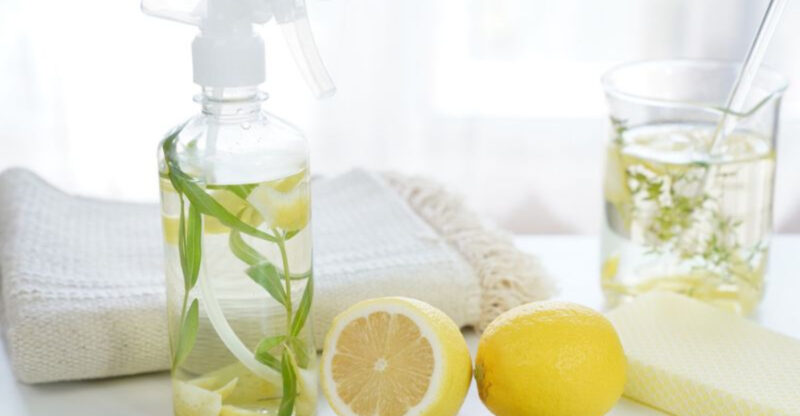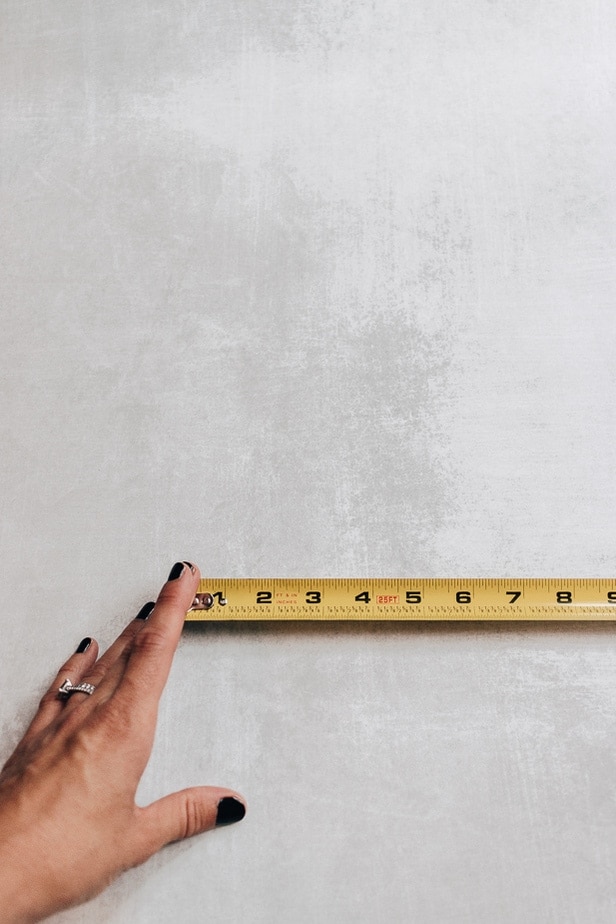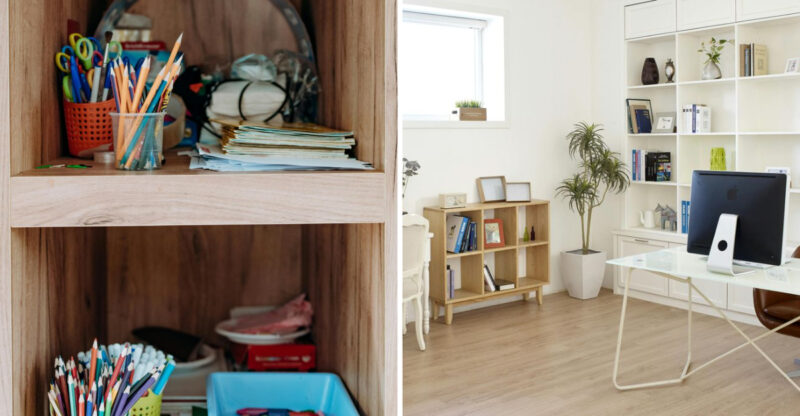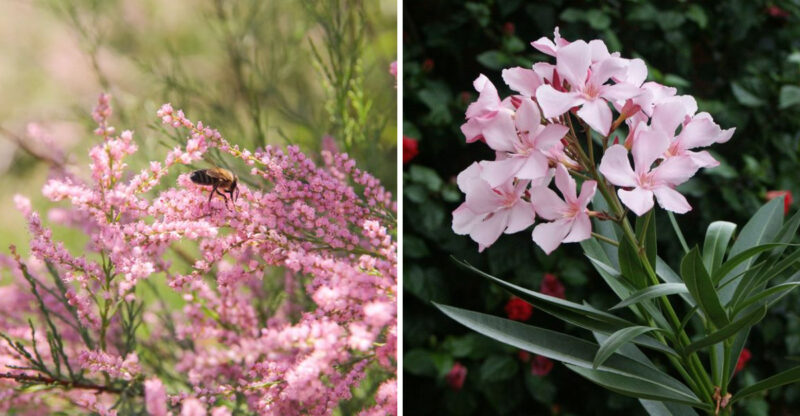10 Once-Trendy Sofa Colors Now Aging Massachusetts Interiors
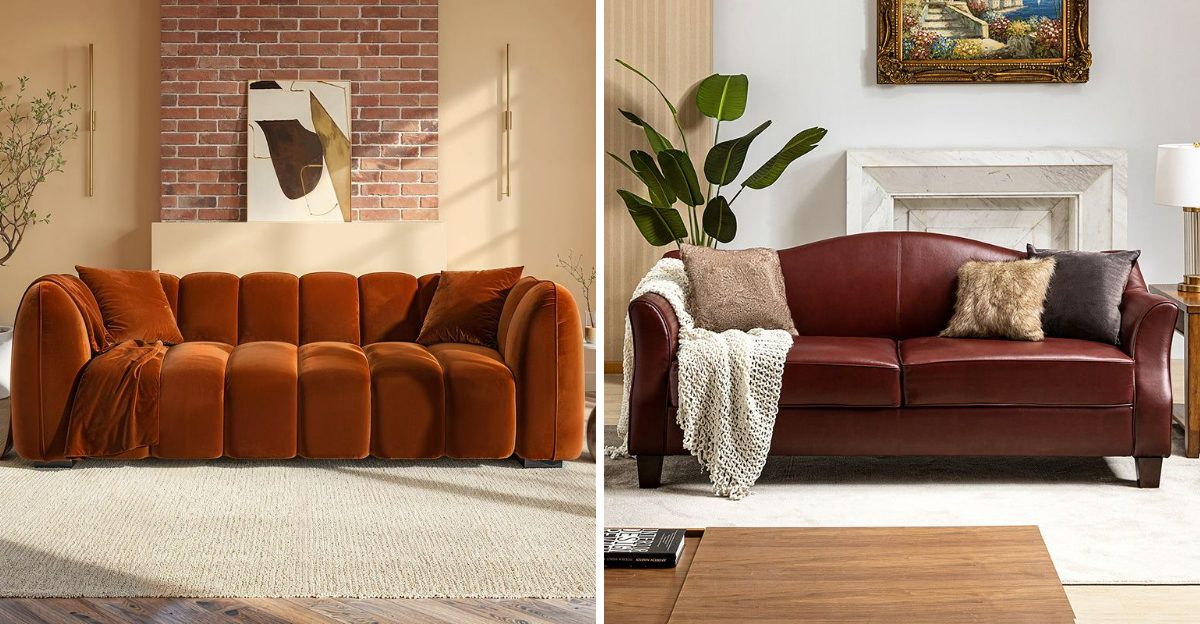
Your living room might be sending signals you didn’t intend. That sofa you loved five years ago could now be making your Massachusetts home feel stuck in the past. Color trends shift fast in interior design, and what once felt fresh can quickly look outdated.
Understanding which shades have lost their appeal helps you make smarter decorating choices moving forward.
1. Tuscan Red
Remember when everyone wanted that warm, terracotta-inspired red in their homes? That Mediterranean vibe felt cozy back then, but now it screams early 2000s.
I see this color making rooms feel heavy and dated, especially in New England homes where natural light already runs limited during winter months. The rust undertones clash with modern neutrals that dominate current design trends.
Swapping to warmer terracottas or muted clay tones gives you similar warmth without the dated feel.
2. Chocolate Brown
Dark brown sofas dominated showrooms for years, promising sophistication and practicality. Families loved them because they hid stains well and seemed timeless.
Fast forward to today, and that same chocolate shade makes Massachusetts interiors feel cave-like and dreary. The color absorbs light rather than reflecting it, which works against the bright, airy aesthetic homeowners now prefer.
Lighter tans or greiges offer the same neutral reliability while keeping spaces feeling open and contemporary.
3. Hunter Green
This rich, forest-inspired green had its moment when traditional styling ruled design magazines. It paired beautifully with mahogany furniture and brass accents back in the day.
Now, hunter green reads as overly formal and stuffy in most Massachusetts homes. The shade lacks the freshness of current green trends like sage or olive, which bring nature indoors without feeling heavy-handed.
If you love green, consider softer moss or eucalyptus tones that feel more relaxed and modern.
4. Burgundy Wine
Wine-colored sofas promised elegance and drama when jewel tones first became popular. The deep purple-red seemed luxurious and bold for homeowners wanting statement pieces.
Today, burgundy furniture feels more like a relic from grandmother’s parlor than a stylish choice. The color overwhelms spaces and clashes with the lighter, brighter palettes that define contemporary Massachusetts interiors.
Dusty rose or mauve offers similar warmth with a softer, more current appearance that works better with modern decor.
5. Mustard Yellow
Mustard had its trendy moment just a few years ago when bold, retro colors made a comeback. Design blogs celebrated it as the perfect pop of color for neutral rooms.
That moment passed quickly, though, and now mustard sofas look more tired than trendy. The shade has a brownish undertone that can make Massachusetts living rooms feel dingy rather than cheerful, especially during gray winter days.
Brighter golden yellows or soft buttery tones provide warmth without the dated retro vibe.
6. Slate Gray
Cool-toned gray seemed like the ultimate safe choice when it dominated design trends. Everyone thought gray would remain timeless and versatile forever.
Slate gray sofas now make rooms feel cold and uninviting, particularly in Massachusetts homes where warmth matters during long winters. The bluish undertones clash with the current shift toward warmer, earthier neutrals that create cozier atmospheres.
Warmer greige or taupe options provide the same neutral foundation while feeling more welcoming and current in today’s interiors.
7. Burnt Orange
This 1970s throwback color resurged when mid-century modern styling became popular again. The vibrant orange promised personality and vintage charm in one bold package.
Unfortunately, burnt orange has aged out again, making Massachusetts living spaces feel costume-like rather than authentically retro. The color demands too much attention and limits your decorating options since few colors pair well with it.
Softer peach or apricot shades give you warmth and personality without overwhelming your entire room design.
8. Navy Blue
Navy promised sophistication as the grown-up alternative to black furniture. Designers marketed it as classic and versatile for years running.
While still better than some options, navy sofas now feel predictable and overused in Massachusetts homes. Everyone chose navy when moving away from gray, which means the color no longer offers anything special or distinctive.
Consider deeper indigo or softer denim blues that provide similar depth while feeling fresher and less common in current interiors.
9. Sage Green
Wait, didn’t I just recommend sage? Here’s the thing: the dusty, grayish sage from a few years back differs from current green trends.
That older sage has too much gray mixed in, making Massachusetts rooms feel washed out rather than fresh. The color lacks the vibrancy needed to energize spaces, especially in homes with limited natural light exposure.
Brighter, clearer sages or olive tones with more yellow undertones feel more alive and work better with today’s natural, organic design direction.
10. Teal Blue
Teal exploded everywhere when people wanted bold color without going too bright. The blue-green hybrid seemed like the perfect compromise for cautious decorators.
Now teal sofas feel gimmicky and remind everyone of a specific design era that’s clearly passed. The color fights with both warm and cool palettes, making it difficult to update Massachusetts interiors without replacing the entire sofa.
True aqua or softer seafoam greens offer similar coastal vibes while feeling more relaxed and less tied to a particular trend moment.

